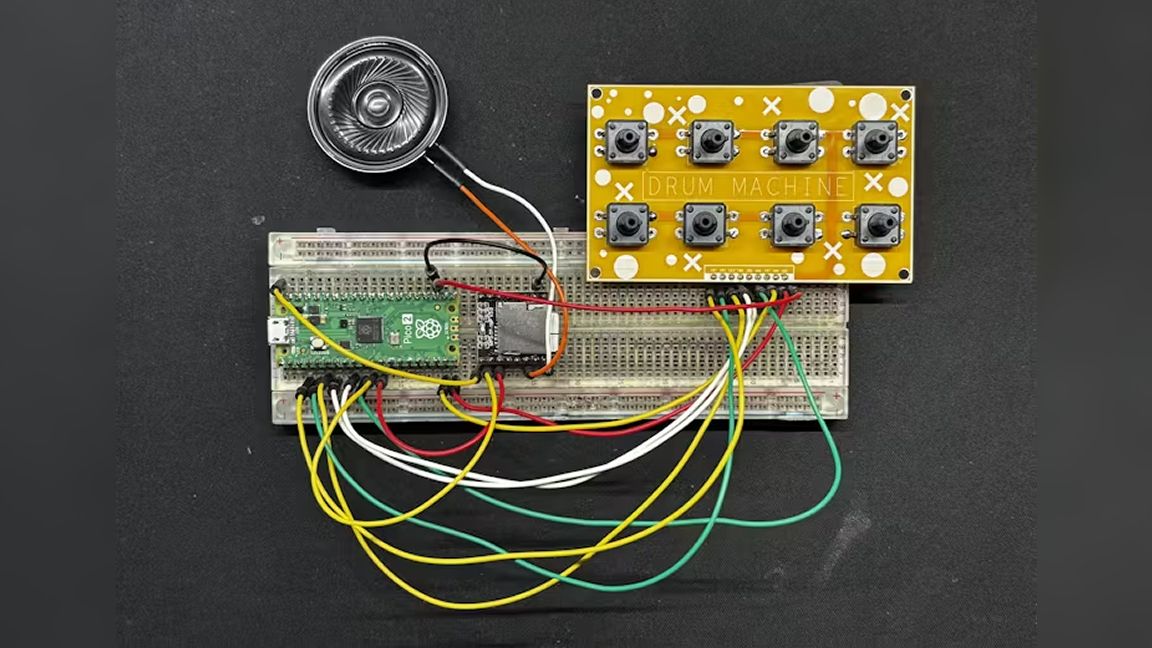According to a prominent analyst, Micron’s miss on Q3 earnings and guidance for the second quarter of next year might signal that the AI PC and smartphone supercycle isn’t happening. Most of the company's woes stem from a weaker market than expected for memory products for PCs and smartphones, and multiple reports from other market analysis firms have pointed out that the AI PC 'revolution' simply isn't happening. At least not yet.
In its latest financial report, the American memory manufacturer Micron reported Q3 revenue of $8.709 billion, somewhat below the $8.721 figure the market anticipated. Even worse, Micron's guidance for the second quarter of 2025 was $7.9 billion instead of the $8.98 billion that Wall Street expected. At the time of writing, its stock is down over 16%.
Calling the miss and forecast a “big whiff,” semiconductor analyst Daniel Newman said in an X post that it’s not the “beginning of the end for the AI trade” and companies like Nvidia, which has grown to be one of the world’s biggest companies since AI chips took off earlier this year.
Curious what happened with Micron? And is the AI trade about to implode? 👇🏻👇🏻👇🏻Yes—Big whiff on the forecast for Micron and it really couldn’t have come on a worse day as a hawkish rate cut sent most of the market in a tailspin. The issue with the forecast requires an… pic.twitter.com/ckEA1lsU8ODecember 19, 2024
Although high-bandwidth memory (HBM) is set to become a big market for Micron, expected to grow from $16 billion in total addressable market value this year to $100 billion by 2030, Micron’s primary source of revenue today is making memory chips for PCs and smartphones.
“However, the core business is contracting as PC and smartphone shipments lag AND Micron is dealing with customer inventory that is selling off slowly leading to even lower booking/sell-through in this and the next quarter, “ Newman said. “Bad news is the AI PC and AI smartphone ‘supercycle’ has more or less been a bust.”
In 2024 and 2023, hopes were high that the PC industry would be supercharged by demand for AI PCs thanks to their new, AI-powered features. However, it seems that things didn’t shake out that way. One report by IDC Research in September said AI isn’t driving demand for AI PCs. Instead, it's driven by the general desire to upgrade, as new chips with AI hardware also feature faster CPU and GPU cores.
Trendforce published a report last month that reached a similar conclusion: Customers were not interested in AI PCs. The market analysis firm says that users upgrading to Windows 11 PCs from older Windows 10 devices will drive more sales than AI in the new year.
Qualcomm’s apparent struggles with its new Snapdragon X chips for Copilot+ laptops indicate that demand for AI PCs is probably not great. In Q3 of this year, Qualcomm captured a mere 0.8% of the PC market, with only 720,000 units sold. Intel’s interim co-CEO Michell Johnston Holthaus claimed last week that return rates for Snapdragon X laptops were relatively high, a charge Qualcomm denies.
The Arm chip company seems to be looking forward to upcoming Snapdragon X PCs that will bring the cost-to-entry down to $700 without reducing performance on the NPU, a significant source of AI prowess on Qualcomm’s PC chip. The cheapest Snapdragon X laptops cost $1000, so a $300 reduction is substantial.
However, if demand for AI PCs were great, it would seem hasty for Qualcomm to move on to lower price brackets so soon, mainly if these upcoming PCs feature the same top-end NPU present in the Snapdragon X Elite and Plus. Focusing on more budget-friendly parts of the market makes sense if there’s no more appetite for AI PCs at the higher end, but it's also clear that Qualcomm is struggling to build scale.
The AI PC seems to have a major issue because there’s not much use right now for running AI locally on a PC. AI software that runs directly on an end user’s device is more in the enthusiasts' wheelhouse. Meanwhile, popular services like ChatGPT run in the cloud and don’t require a brand-new AI PC.
As the AI PC becomes the default PC, having AI hardware will eventually cease to be an essential selling point, much like how multicore CPUs, integrated graphics, and solid-state drives have become standard for PCs. Consumers probably won’t pay extra for an AI PC, but they probably won’t buy a non-AI PC either since that implies it’s using an old chip that predates the AI revolution. In other words, AI becomes table stakes.
However, the lack of demand for AI PCs and smartphones isn’t necessarily a sign that the whole AI industry is about to implode. “The good news is HBM is selling well and growing fast meaning the AI chip demand is still in tact,” Newman argues. “NVIDIA, Broadcom, AMD, Marvell, etc. Panic not. HBM is growing fast.”
Of course, it’s not great news that consumers aren’t enthralled by running AI locally on PCs and smartphones. However, there’s still a big market for running AI in the cloud, especially since cellular devices make it easy to connect to the internet. Dropping demand for HBM would be a much more significant indicator of something going wrong since HBM is critical for AI chips made for the data center.
However, if AI turns out to be a bubble and pops, this might be the first warning sign: For now, there is no explosive demand for AI on running on end-user devices.

 2 weeks ago
7
2 weeks ago
7








 English (US) ·
English (US) ·